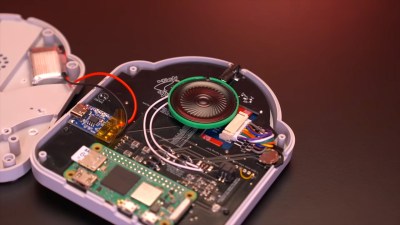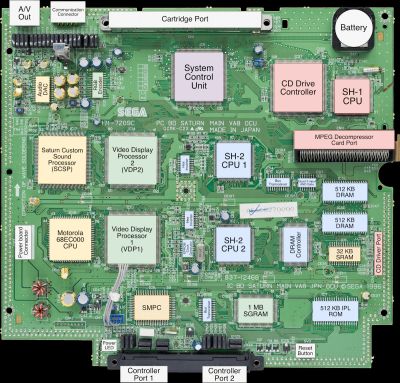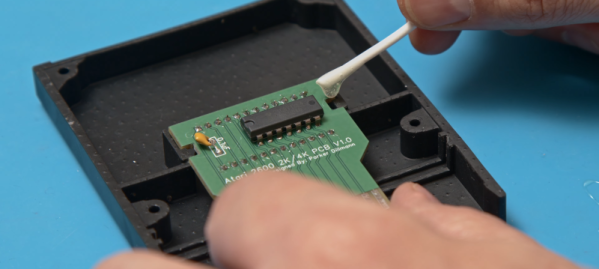In the world of retro gaming, some legends never die – especially the ‘phantom’ PSP, Sony’s mythical handheld that never saw the light of day. While that elusive device remains a dream, hacker and gaming wizard [Kyle Brinkerhoff] built his own – and Macho Nacho made a video about it. His creation, which also goes by the name ‘Playstation Zero’, isn’t just another handheld emulator; it’s a powerful, custom-built system that revives the classics and plays them on a portable device that feels like the future.
Driven by a hunger for the ultimate gaming experience, [Kyle] set out to blend modern tech with retro gaming magic. He started with the Raspberry Pi, loading it up with emulation software for all the iconic systems—from NES and SNES to the Sega Genesis and Game Boy. But [Kyle] didn’t just slap on an off-the-shelf emulator; he dived into the code himself, optimizing and tweaking for lightning-fast responsiveness, so each game plays like it’s running on the original hardware. That’s hacking in true form: pushing the limits of software and hardware until they work exactly the way you want them to. Best of all: he published it all open source for others to use.
 In the spirit of the Geneboy—a handheld Sega Genesis built by [Downing] and featured on Hackaday back in 2012—[Kyle]’s device pairs handheld emulation with the consoles all nineties kids wanted for Christmas. To capture the tactile thrill of vintage gaming, [Kyle] went a step further by designing and 3D-printing a custom controller layout that mimics the feel of the original systems. If watching someone neatly soldering a pcb sounds relaxing to you, don’t skip the middle part of his video. Although this little beast is packed with all bells and whistles you’d expect to see on a Raspberry Pi, it does lack one serious thing: battery life. But, [Kyle] is open about that, and hopes to improve on that in a future version.
In the spirit of the Geneboy—a handheld Sega Genesis built by [Downing] and featured on Hackaday back in 2012—[Kyle]’s device pairs handheld emulation with the consoles all nineties kids wanted for Christmas. To capture the tactile thrill of vintage gaming, [Kyle] went a step further by designing and 3D-printing a custom controller layout that mimics the feel of the original systems. If watching someone neatly soldering a pcb sounds relaxing to you, don’t skip the middle part of his video. Although this little beast is packed with all bells and whistles you’d expect to see on a Raspberry Pi, it does lack one serious thing: battery life. But, [Kyle] is open about that, and hopes to improve on that in a future version.
If you want to see the full build, check out the video below. Or, immediately dive into [Kyle]’s Github, order the cute Takara shell, and get started!
Continue reading “The Phantom PSP: Crafting The Handheld Sony Never Sold”


















